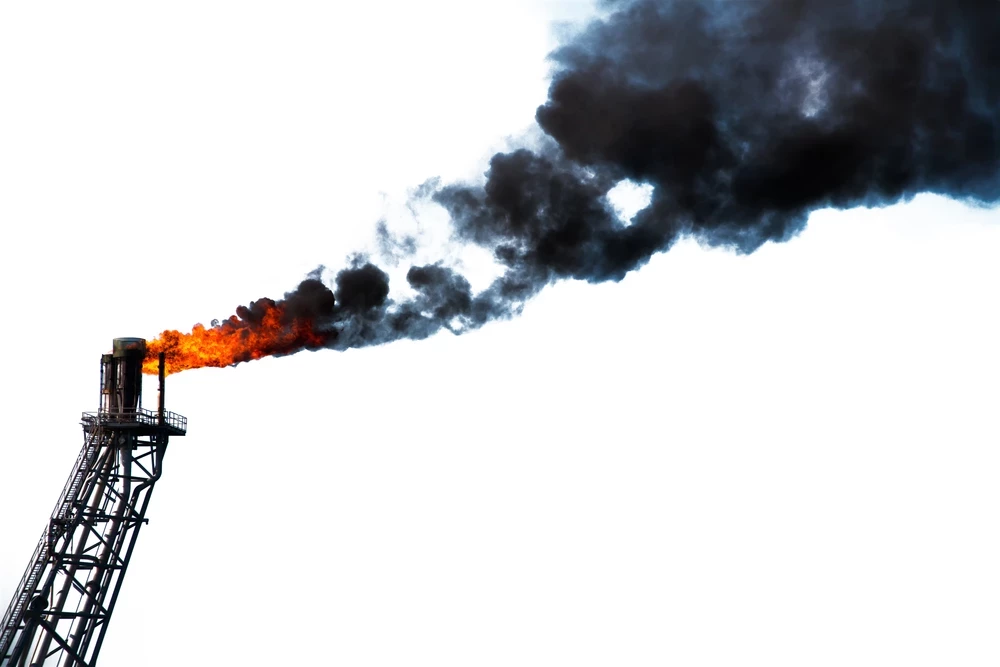Global Implications of New US Oil and Gas Safety Regulations
Add bookmarkWhen BP's Macondo well blew out in April 2010, caused 11 fatalities and one of the largest oil spills ever seen in American oil and gas, it was clear the effects would be felt far further afield than the Gulf of Mexico.
Accordingly the United States stepped up its efforts to enhance safety within the offshore industry.
In October, the Department of the Interior introduced new regulations designed to improve the safety of drilling operations by introducing stricter standards for safety equipment, well control systems and operational practices, as well as reduce the risk of human error causing a disaster.
Michael R Bromwich, director of the Bureau of Ocean Energy Management, said, "We are substantially raising the standards for all offshore operators, and are doing it in an orderly and responsible way."
[eventpdf]
International Response
In response to this disaster and the introduction of more stringent regulations, countries around the world took similar safety steps.
During the same month, the European Commission (EC) announced it "for the very first time envisages comprehensive EU legislation on oil platforms aimed at ensuring the highest safety standards in the world."
The rules recommended legislation on the granting of permits, standards for safety equipment and the responsibly for oil companies to clean up after a disaster.
Previous standards had not been harmonised between the various member states, leading to some disparities in regulations.
However, the proposals have not been welcomed by the European Oil and gas industry, with one expert branding them as a "knee-jerk reaction" to the events taking place across the Atlantic.
Hilary Ross, a partner at law firm Bond Pearce, said, "At best some of these EC proposals will do absolutely nothing to drive forward the health and safety agenda and at worst they will be an unnecessary distraction from the real efforts to make the American oil and gas industry more safe."
Figures from the UK's Health and Safety Executive paint a picture of increasing levels of safety within the North Sea drilling region, with no fatalities recorded for three years, however there has been a rise in the number of serious injuries and hydrocarbon releases.
A "marked increase" was said to have been registered in the number of hydrocarbon releases classed as major or significant, suggesting in fact the introduction of such standards may have been considered in the future regardless of the Gulf of Mexico incident.
Implications of Increased Safety Standards in American Oil and Gas
As the United States is home to 2,000 trillion cubic feet of natural gas and 229 billion barrels of oil then it is understandable new safety regulations will have an effect on the worldwide industry.
In its latest Energy Outlook the Organisation of Petroleum Exporting Countries (OPEC) dedicated a section to the oil spill and its aftermath.
"It is impossible to fully assess all the potential consequences, with investigations into the actual causes and discussions about new regulations ongoing," OPEC stated.
The organisation said the regulations were likely to lead to increased inspections and report. "This will naturally lead to increased costs, potentially less exploration, lengthier timescales before drilling and less favourable project economics, everything else being equal," OPEC added.
If this becomes the case then the United States may become a less attractive market for development, which will therefore increase the appeal of other regions.
A market report by Delliote also predicted that safety will now sit at the top of the agenda for operations in countries which were not directly affected by the incident, stating "The recent series of environmental, health and safety incidents in the American oil and gas industry will likely result in increased scrutiny."
However, what has also emerged is a support for a globally harmonised safety standard. Research from OPITO found such a standard would be welcomed by 97 percent of workers in the health and safety industry.
Main barriers to the implementation of a global standard were said to be varying national and regional regulations, as well as culture, climatic differences and the differing roles of regulatory bodies.
But, David Doig, chief executive of OPITO, said, "With safety very high on the agenda post-Macondo we have a strategic imperative to realise common standards before the urgency begins to wane."
| Have Your Say Rate this feature and give us your feedback in the comments section below |





















